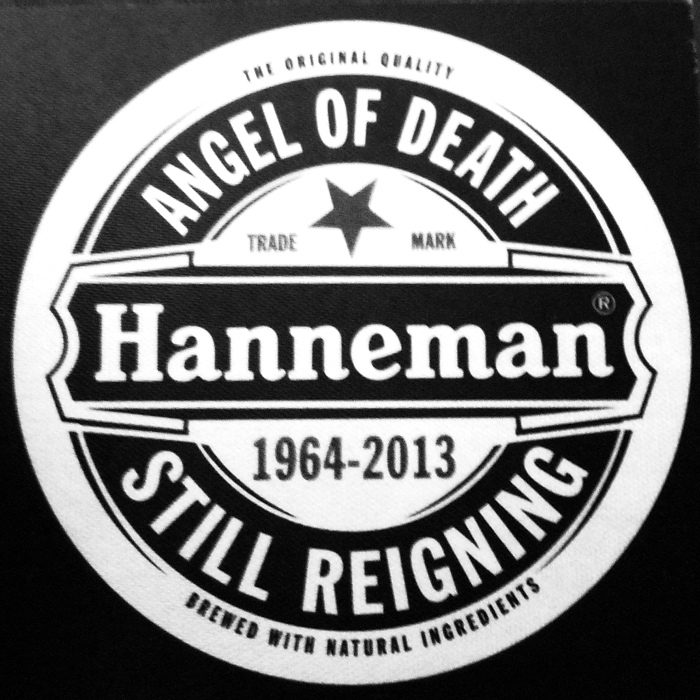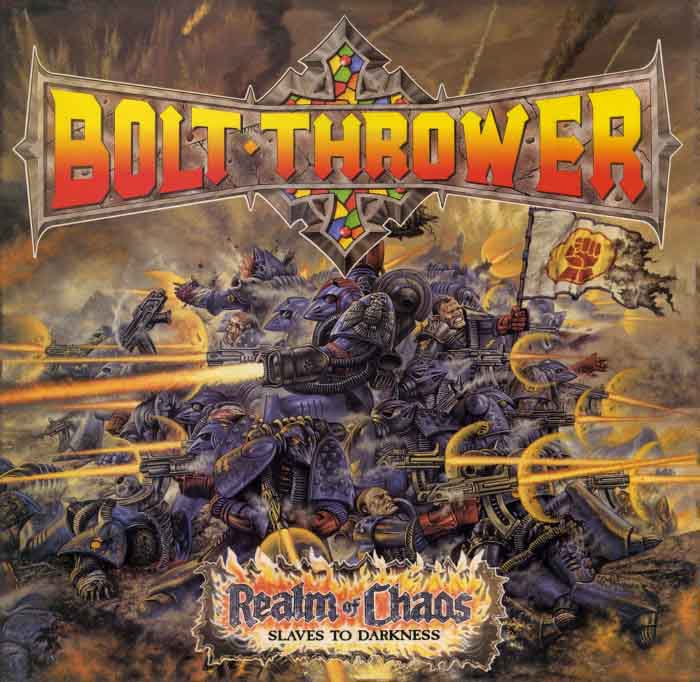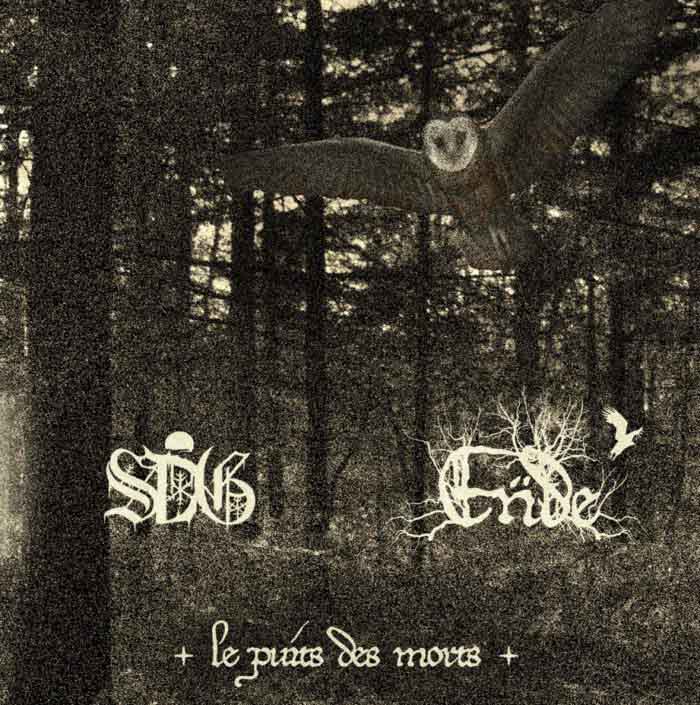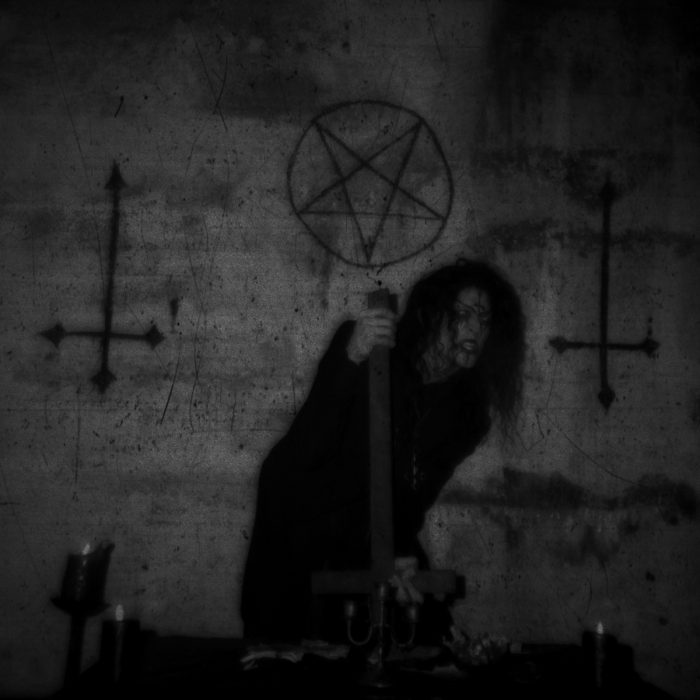After Slayer‘s foray into narrative composition on Hell Awaits, Slayer could have taken any number of directions in the then fertile metal landscape: gone in for the throat of aggression, matured their pubescent approach to long-form content, or paired down on riff quality for focused but circular songs. Reign in Blood was something of a compromise bred to appease more Floridian tastes which crave motion before coherence or purpose. The album is brief but bookended by two of the better songs in their discography which daftly elevate the questionable content residing in between. The remaining material siphons off of the paired down and quintessential “Angel of Death” by meandering in whatever assortment of good but disconnected riffs the Hanneman/King dichotomy happened upon in between Heinekens; held together in tacit alliances by a sweltering pace which exhausts itself right as the title track closes the record. The foresight required to write an album such as this is commendable but Reign in Blood is not Slayer’s watershed moment if for nothing more than the sheer amount of disposable songs – not riffs – which constitute the majority of the runtime. This uncomfortable fact goes unrecognized due to the sheer brevity of this work. Yet as I wrote this brief paragraph I must have recited the full album in my head at least a few times and I have not listened to the album is many years. May the resolve of Reign in Blood’s memetic warfare continue to withstand assailants from the ever flowing genre compost bin and grant listeners to the strength to withstand the torrents of nature herself.
46 CommentsTags: 1986, anniversary, proto-underground, Reign in Blood, slayer, Speed Metal











